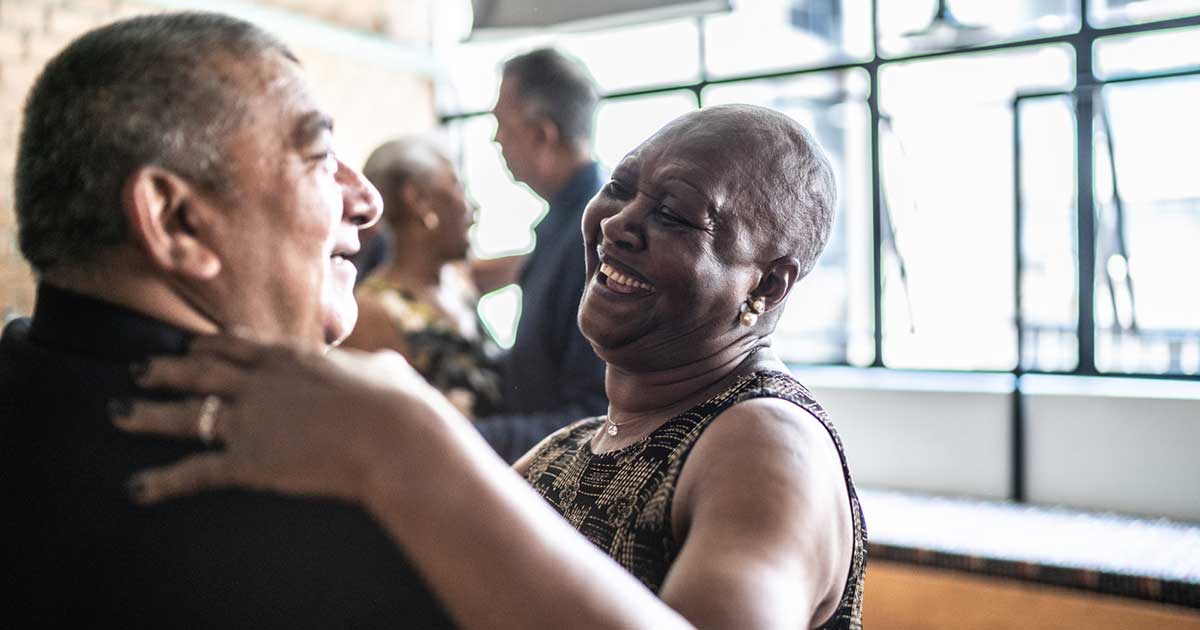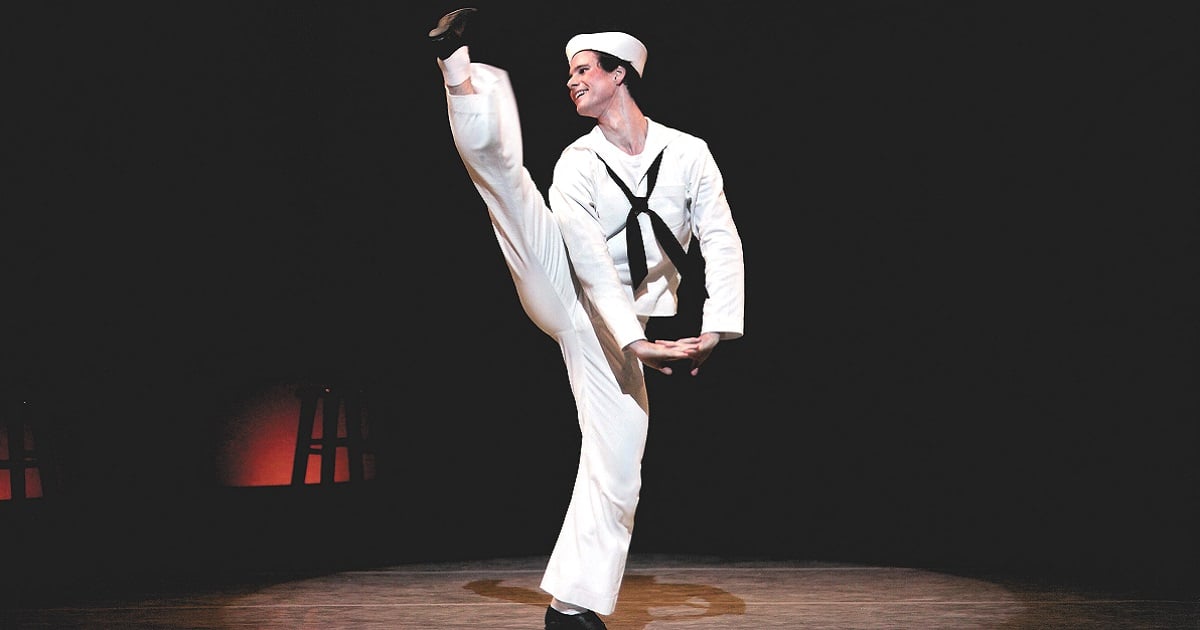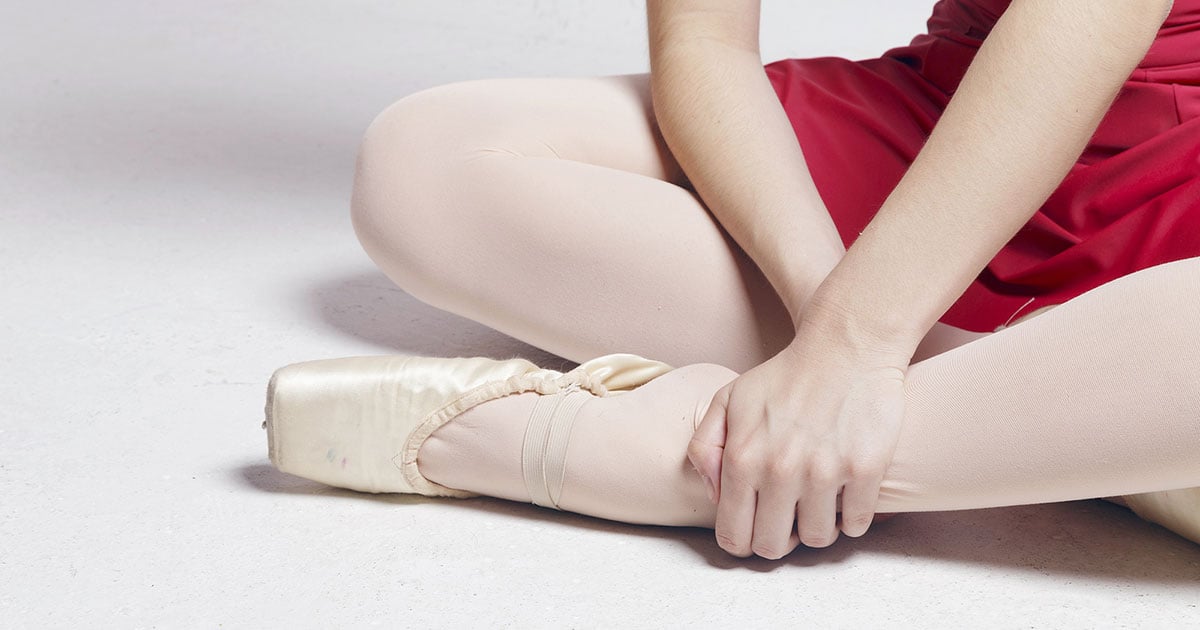
Advice to improve your movement, fitness, and overall health from the world's #1 in orthopedics.
From Dancer to Doctor
Dr. Colucci describes his career transition from professional dancer to radiologist
Advice to improve your movement, fitness, and overall health from the world's #1 in orthopedics.

Photo credit: Paul Kolnik
There are many traditional options for a dancer’s career transition, like teaching, choreography, and various administrative roles within arts organizations. I was fortunate to also have had many experiences working backstage and particularly enjoyed lighting design and stage management. However, it was the anatomy course at Juilliard, taught by Irene Dowd, that would prove to be the key to my career on stage and beyond.
It was only my second season as a professional ballet dancer when I had a potentially career ending injury. A herniated disc in my lower back made it difficult to walk and impossible to dance for months. The biggest challenge with this injury is that, with rest and conservative motion, I could be essentially pain-free. But any wrong movement could trigger an unbelievably sharp and severe pain, like a knife was cutting down the back of my leg. The invisible nature of my injury left my ballet colleagues somewhat incredulous and led to quite frustrating conversations with the insurance company’s case manager. If not for the extraordinary care I received from my physical therapists and physicians, I am sure this would be the end of this story.
Eventually I found myself back on stage and, soon after, cast in many leading roles. One of my favorites was Jerome Robbins’ Fancy Free, which I was slated to be both first and second cast in the role of the “first sailor” for our company premier. Unfortunately, less than a week before opening night, my old injury suddenly resurfaced in the final minutes of an otherwise uneventful rehearsal. Based on my previous treatments, I knew there was a narrow window for an injection to give me any chance of continuing on with the show.
When I called to schedule a transforaminal steroid injection to quiet my inflamed nerve root, I was shocked that the radiologist, Dr. William Morrison, answered the call himself. I assumed I must have called the wrong number and apologized immediately. Sensing the urgency of the situation, Dr. Morrison scheduled me immediately. At the time, when I insisted that he accept complimentary tickets, it was literally beyond my imagination that I might one day follow his footsteps into a new career.
Published 2/15/2022


